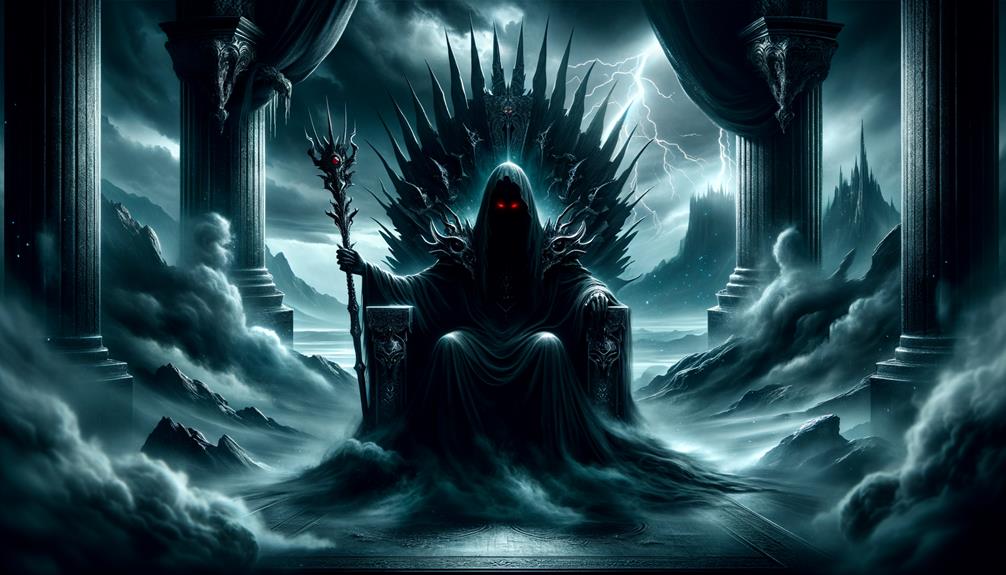In Maori folklore, Whiro stands as a powerful figure, embodying all aspects of malice, symbolized by darkness, illness, and death. He's always at odds with his brother Tāne, in a never-ending cosmic tug-of-war between good and evil. People often get confused about Whiro due to his overlap with historical personas. His influence isn't just confined to ancient times but extends into contemporary pop culture where he's often portrayed as the villain. He's more than a mere symbol; his essence infuses Maori spiritual traditions. As you dig deeper into Whiro's story, you'll find a rich narrative deeply rooted in cultural importance. Keep investigating, and you'll find even more fascinating aspects of this enigmatic figure.
Whiros Role in Maori Religion
Whiro, a figure in Māori religion, is a powerful symbol of darkness, evil, disease, and death. He's often depicted in an eternal battle with his brother Tāne, who represents goodness. Whiro's influence is deeply woven into the spiritual beliefs of the Māori people, casting a dark veil over their lives.
In the realm of religion and mythology, Whiro holds a crucial position. He's the very definition of a villain, the master of darkness and wickedness. But his role in the Māori pantheon goes beyond just instilling fear. He's also a symbol of balance. The rivalry between Whiro and Tāne represents the ongoing battle between light and dark, good and evil, life and death – a theme found in many cultures around the world.
Whiro's connection to sickness and death isn't meant to merely frighten, but to remind us of our mortality and the importance of respecting spiritual beings. Whiro is also known for his spirit of rebellion, as he constantly fights against Tāne. This part of his character adds another layer to his role as the symbol of darkness and evil, providing more depth to Māori mythology. Through the story of Whiro, we're given a glimpse into the Māori viewpoint of the constant struggle between opposing forces, a key part of their spiritual beliefs.
Misinterpretations and Confusions About Whiro
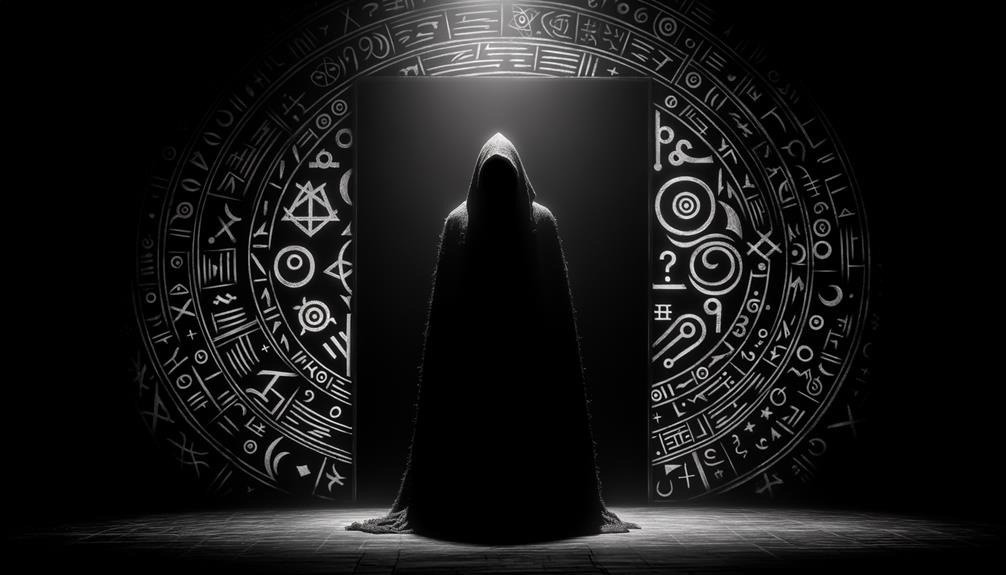
Whiro, a key figure in Māori mythology, is often misunderstood due to a mix-up in naming. His name is shared with a Polynesian explorer and a descendent of Papatūānuku and Ranginui, causing some degree of confusion about his mythical origins and place in the pantheon.
Another contributing factor to the perplexity around Whiro is the connection some tribes, like the Whanganui people, make to him when tracing their ancestry. This link makes it difficult to separate historical individuals from mythical beings.
The fear and reverence associated with geckos, skinks, and tuatara, due to their connection to Whiro, is another example of misinterpretation, particularly regarding the scope of his influence and symbolism.
Whiro's House of Death, Taiwhetuki, is an essential part of his mythology. Still, the complex relationship between Whiro, the house, and the evil entities residing there often results in misunderstanding and misinterpretation.
Here's a simplified breakdown of the misconceptions and realities:
| Source of Confusion | Misinterpretation | Actual Fact |
|---|---|---|
| Same Name | Historical character vs god | Whiro is a deity |
| Ancestral Connection | Historical figure vs ancestor | Whiro is a forefather figure |
| Whiro's Influence | Too much emphasis on negative symbolism | A balanced perspective is needed |
| House of Death | Misunderstood symbolism | Home for malevolent spirits |
Whiro: The Māori God of Evil
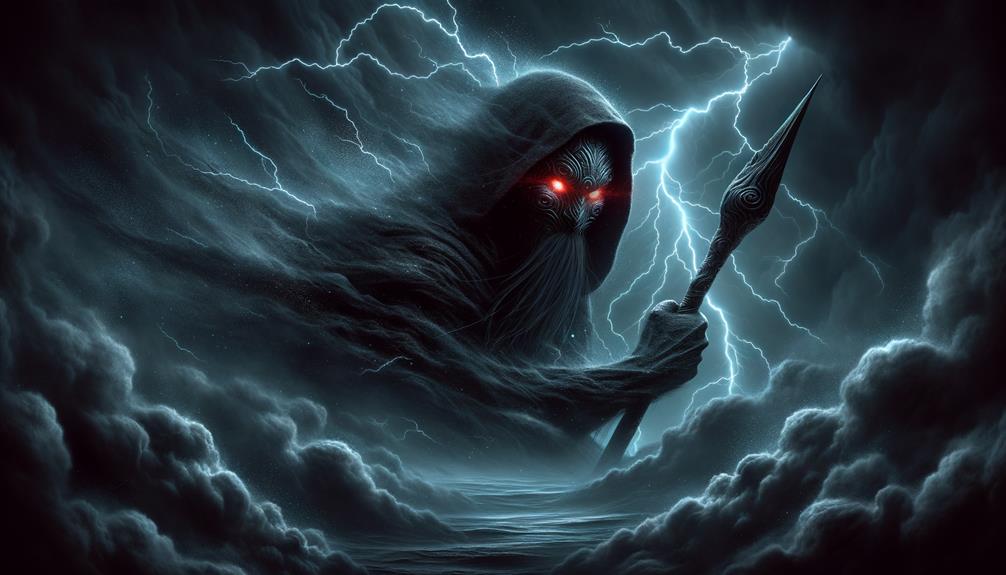
If you take a journey into Māori mythology, you'll meet Whiro, the personification of all things evil, diseased, and deadly. But Whiro isn't just a symbol; he's the epitome of spite, deeply rooted in the Māori mindset. It's thought that his influence spreads throughout the world, being the root cause of all hardships and ailments that humankind endures.
The feud between Whiro and Tāne, the deity of life and light, illustrates an eternal cosmic battle. It's a stark contrast between light and darkness, right and wrong, echoing the timeless struggle within human nature against our darker tendencies.
What's more, Whiro has a distinct connection with certain reptiles like geckos, skinks, and tuatara. Within Māori culture, these creatures are feared due to their link with wickedness, thereby highlighting Whiro's malevolent nature and his widespread influence in the world.
Whiro in Mythological Narratives
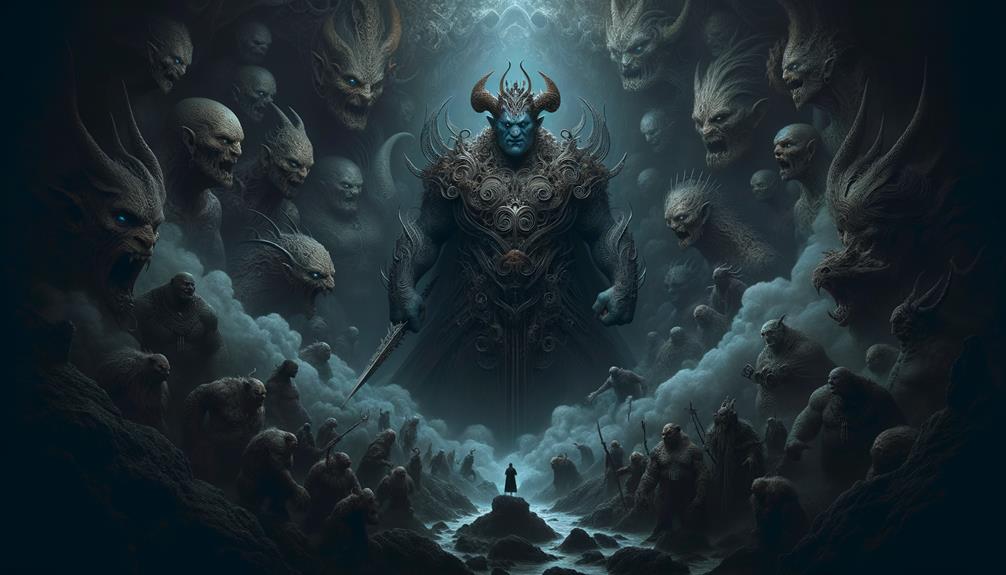
Let's dive into Māori mythology and chat about Whiro, a prominent figure often linked with darkness, illness, and death. Whiro and Tane, who symbolizes light, are always at odds. This dark deity's influence is substantial, acting as a balancing force against light and good in the Māori mythology.
Now, when we talk about Whiro's role, here are some things to consider:
- Whiro is always battling with Tane. This fight represents the constant tug-of-war between good and evil.
- Whiro is associated with disease, death, and even demonic possession. This makes him a pretty scary character.
- He's known as the source of all bad things, which underlines his wicked nature.
- He's blamed for all human suffering, which demonstrates how far-reaching his influence is.
- Tane defeating him and sending him to the underworld is seen as a victory of light over darkness.
Whiros Influence on Contemporary Culture
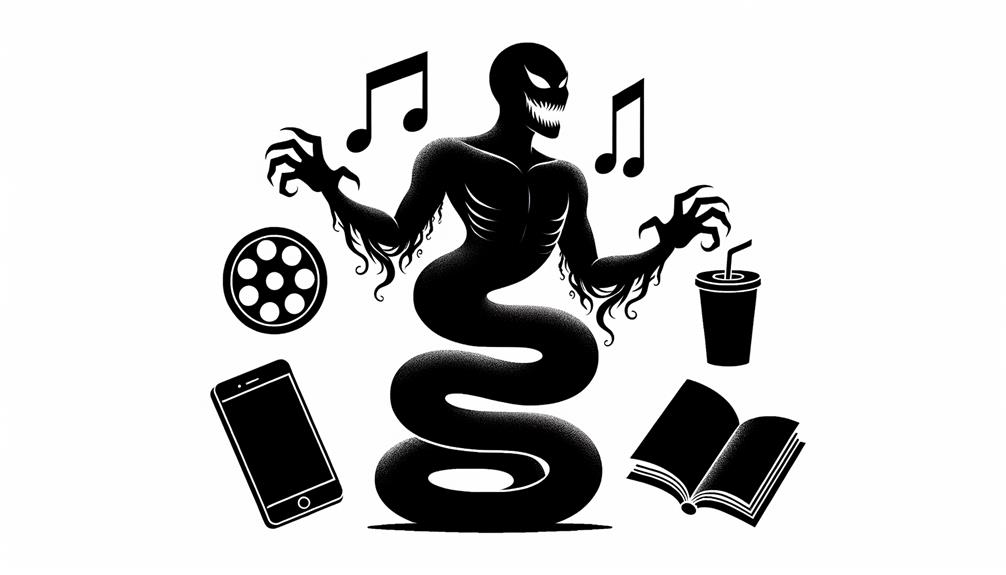
Let's chat about Whiro, the symbol of darkness and evil, and how he's made his mark on today's culture. You can find traces of Whiro in Marvel comics, where he's a god from a different dimension with a knack for wickedness. This depiction not only shows a keen interest in Māori folklore, but also highlights its relevance in our current times.
Whiro's partnership with Ruaumoko, the Māori god of earthquakes, adds another layer to his fearsome image. This partnership, told through mythological tales, strikes a chord with audiences, as it poses a threat to mankind and showcases the power of these age-old figures in modern storytelling.
Whiro's ties to darkness, evil, disease, and death are still evident in current interpretations, effectively underscoring his importance. His portrayal in different forms of media, from comics to films, further proves the enduring influence of Māori religious beliefs and mythology on pop culture.
Frequently Asked Questions
Who Is Whiro in MāOri Mythology?
Whiro is a very intriguing character in Māori mythology. Picture him as the personification of all things dark and sinister. He's often imagined as an entity that resembles a lizard, making his home in the underworld. Whiro is associated with bringing illness and death. An ongoing feud exists between him and his brother, Tāne, who stands as a beacon of light against Whiro's darkness.
Who Is the Most Powerful MāOri God?
So, who's the top dog in Māori mythology? That'd be Tāne. This guy is all about light, life, and creation. Fun fact: he actually split his parents apart, which is how we got light and life in the first place. He's a big deal because of his strong ties to nature.
Who Are the 7 MāOri Gods?
Sure, I can introduce you to the seven Māori deities: Io, Tāne, Tangaroa, Rongo, Tūmatauenga, Haumia-tiketike, and Tāwhirimātea. Each one of them plays a unique role in governing distinct aspects of nature, which shapes the Māori worldview and their traditional customs in a big way.
Who Is the Female MāOri God?
In Māori mythology, the primary female deity is Papatūānuku. She's often referred to as the "Earth Mother". Why? Well, she's seen as the personification of the land and is considered the mother of all living things. When you think of Papatūānuku, imagine the rich, fertile earth, teeming with life. She's often associated with the creation and nurturing of life. Isn't that fascinating?

